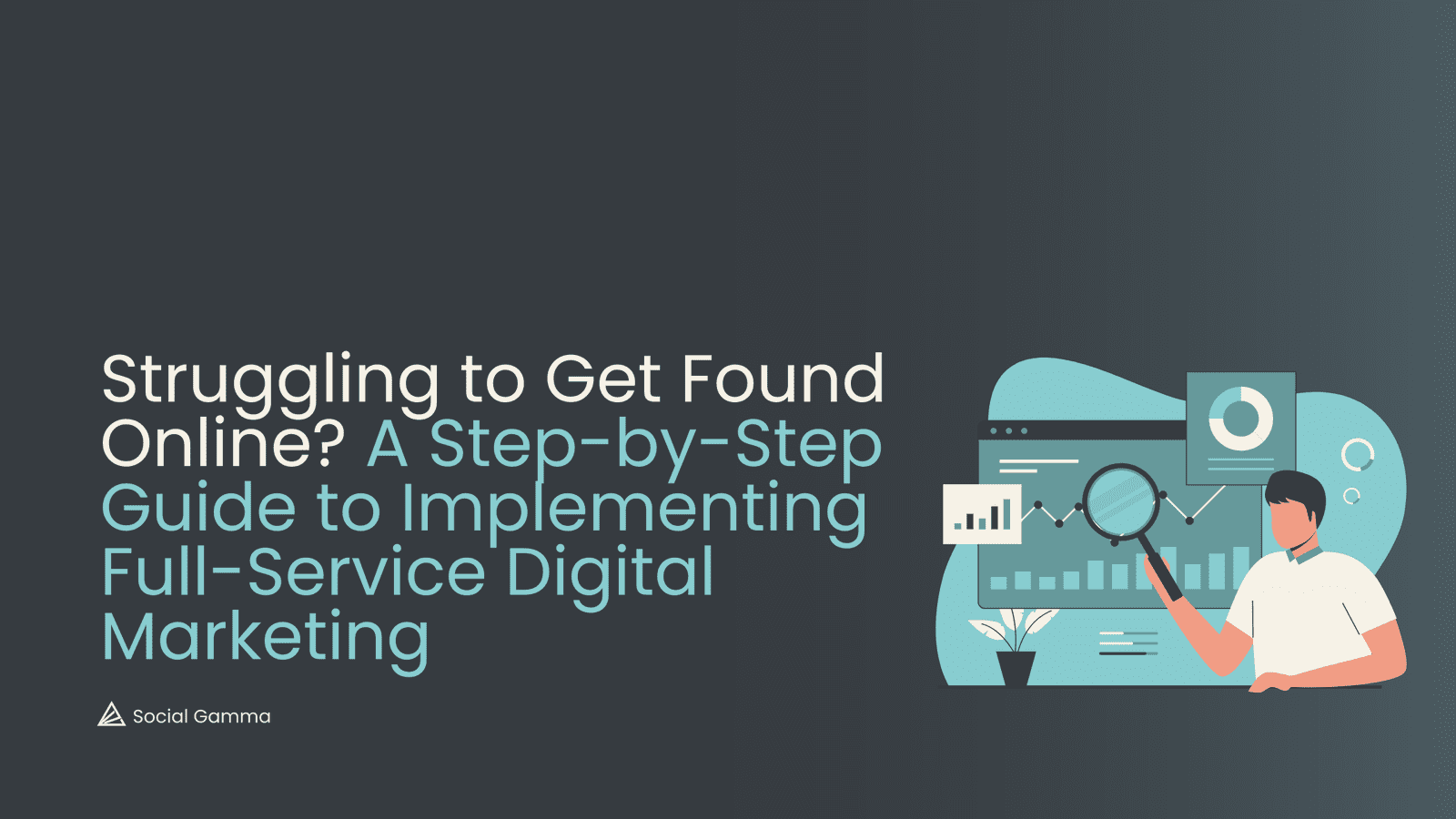Marketing is often trend setting, however this is not the case with marketing technologies in the last 2 years.
According to a report from Gartner, there has been a 16% drop in the utilisation of marketing technologies from 2020 to 2022. This is in contrast to the allocation of 25% of marketing budgets on marketing technologies by Chief Marketing Officers (CMOs), evidenced in the report. This shows that there is a considerable investment in technologies to help marketers maximise the effectiveness of their activities, yet simultaneously there is a decline in use of the same technologies.
The investment and technology usage inconsistency outlined, is far from ideal. It describes a situation where inefficiencies are entrenched, budgets are wasted needlessly and staff skills set are stagnant.
To overcome this investment and technology usage inconsistency, training programmes for staff should become more widespread. This also will require integrating marketing technologies into daily operations, making the skills applicable ingrained, and honed over time. By taking these measures, investments made will be made use of in a productive way, helping support the investments prove return on investment (ROI).
The key factors outlined in the report for the drop in marking technology utilisation, are due to three major factors: overlap of marketing technology solutions, recruitment difficulties onboarding talent who can adopt or utilise the technology, and the complexity of the marketing technology ecosystem.
The first factor is a problem which can occur from trial and error, or growth. This is because rapid development may mean an agency or business outgrows systems, but has insufficient time to fully adapt to new ones team-wide. Alternatively, it can occur due to different teams having varying proficiencies with different platforms, thereby teams sticking to the same methods the majority of a team can use, even though it is not the most efficient or effective.
The second factor may occur due to limited talent in these areas within the local labour market. This can be easily overcome, through a willingness to allow complete remote working. This opens up the labour supply dramatically, meaning you can focus on skills rather than availability.
The third factor can be overcome by having regular and comprehensive training, in relation to platform developments and usage. This enables confidence to be built and a support network within teams, so that members know that they can always get assistance when needed. This means that team members can call on a guide, when the complexities of the marketing technologies become labyrinthine.
One of the promising trends to emerge from the report, is that respondents were piloting technology to support their marketing teams in lots of areas. These were areas related to streaming audio ads, Metaverse Ads, NFTs, streaked TV Ads and in-game Ads and sponsorship. This shows a commitment to exploring and investing in these technological capabilities, and an open-mindedness necessary to take advantage of future developments.
This report clearly shows there are issues around marketing technology adaptation. Fortunately, they can all be overcome through effective strategic planning, with a team or organisational wide approach. What is promising, is that although adoption may have some hurdles, there is significant interest in what these technologies can do to improve efficiency, effectiveness and performance within marketing teams.

